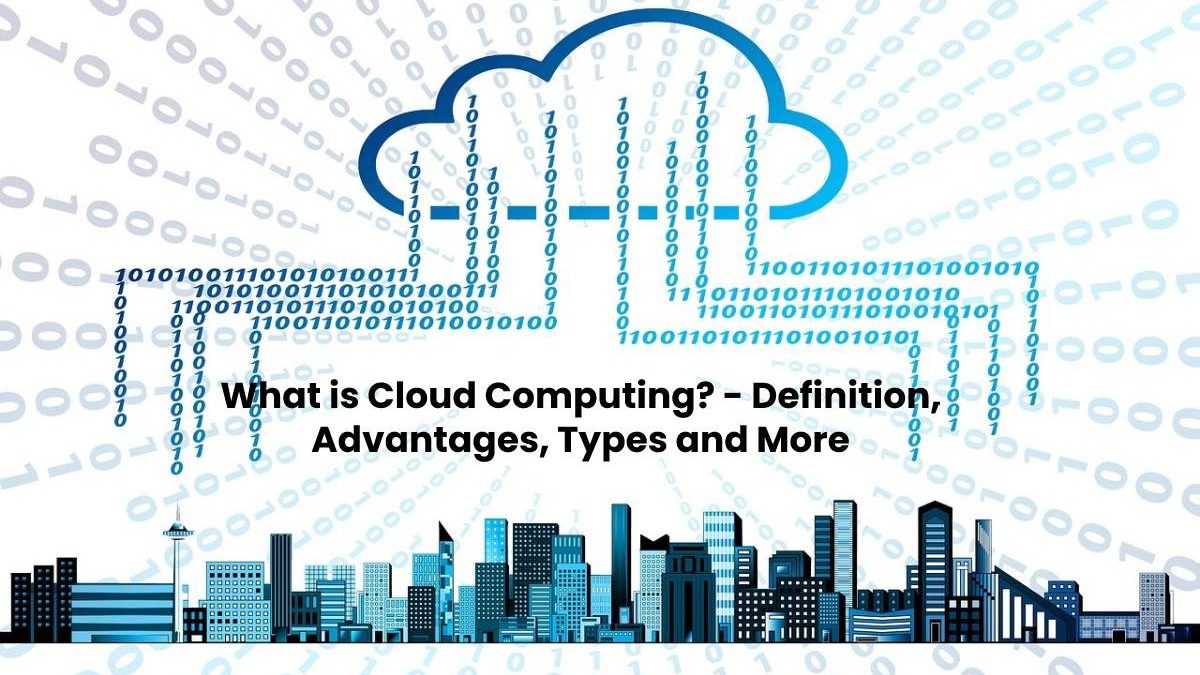Table of Contents
What is Cloud Computing?
Cloud computing is a technology that allows remote access, from anywhere in the world and at any time, to software, file storage. And data processing over the Internet, without connecting to a personal computer or local server.
In other words, cloud computing uses the connectivity and large scale of the Internet to host the most varied resources, programs, and information. It allows the user to access them through any computer, tablet or cell phone.
If it’s still not clear, let me exemplify it: if you’ve ever edited a document in Google Docs. Listened to music on Spotify, or watched a movie on Netflix. You had direct contact with cloud computing. All of them are online services that do not require downloading, installing. And accessing any software or file on your computer. You only need a browser and a good internet connection to use them.
Advantages
The reduction of costs with infrastructure:
Since it eliminates capital expenditure with purchases of hardware and software, installation and maintenance; The economy of space: since the resources remain stored online;
The centralization of information:
Preventing all data from being kept in different programs, with different types of authentication and access forms;
The increase or decrease according to the client’s need:
thanks to the elasticity power that provides the ideal amount of resources, storage and processing;
Remote work:
company officials can access all data through any computer, notebook, tablet or smartphone, as long as they are connected to the Internet.
How does cloud computing work?
Cloud computing uses a remote server to connect user devices to centralized resources. A remote server stores all the data and programs you need, and it can be in your own country or on the other side of the world, for example, in Japan. The fact is that you can access them online, from anywhere, even if they are stored miles away.
Types of Cloud Computing:
Public Cloud
They are computational resources, such as servers and storage, provided by a third party and available to any person or company that wishes to hire them. In this model, the client is responsible for what will be sent to the cloud, be it a backup, an application or some files, while the cloud provider takes care of the maintenance, security and management of all resources .
In the public cloud, everything is available on the web and shared by multiple users using it simultaneously (but separately), keeping resources standardized.
By offering unified solutions, this model ends up being cheaper. Therefore, the public cloud is indicate for businesses that want to save on investment.
Private Cloud
In this model, the company maintains the cloud infrastructure in its internal domain and offers restricted access to selected users, such as officers and partners.
The private cloud offers the business the ability to customize features and support to suit their needs. As the cloud is design exclusively for it, all processes are direct to the reality of the business.
In general, the private cloud is use by organizations that must follow certain specific regulations and standards on data and information security and privacy. As is the case of some financial and government institutions.
Hybrid Cloud
Finally, when we talk about the hybrid cloud, we refer to the union of the previous two, that is, the combination that allows data and applications to share between them. Thus, according to the need and the business strategy, some resources are use privately. Others are use publicly or are link through technologies.
Services of Cloud Computing
SaaS (Software as a Service)
SaaS allows access to software without purchasing its license, using it for free from the cloud, often with limited resources.
However, there are also payment plans in which a fixed rate is charge, a value that varies according to use or even without cost. If the resource offers advertisements or another form of monetization.
In this format, the company accesses the software over the Internet, without the need to worry about installation and investment in licenses.
Many CRMs and ERPs work through SaaS. Email services and other public applications, such as Skype, WhatsApp, LinkedIn. And Facebook also work with this type of model, therefore, it is the most popular mechanism.
PaaS (Platform as a Service)
In this cloud model, a complete on-demand development environment is contracted, in which it is possible to create, modify and optimize software and applications.
The advantage of the PaaS model is that it includes operating systems, development tools, database management systems, Business Intelligence services. And many other resources, in addition to all the infrastructure necessary to run or improve web or mobile applications.
The development team only has to worry about the programming of the application. Since the administration, the maintenance and the update of the infrastructure are in charge of the provider.
IaaS (Infrastructure as a Service)
In the IaaS model, infrastructure resources are rent, such as servers, routers, racks, data centers, hardware. And other tools that enable data transmission and storage.
Depending on the provider and the model that is chosen, the company may be charge. For example, by the number of servers used and by the amount of data stored or trafficked. In the IaaS model, you use what is necessary according to the demand of the company and only pay for what you use.
The great advantage of this model is its scalability. After all, in a month, you can require some virtual servers where you will store little data and have little traffic. While, the following month, you can ask for double the resources.
Thus, the mechanism works like contracting a cable TV service, it is possible to cancel, increase or reduce it at any time.

